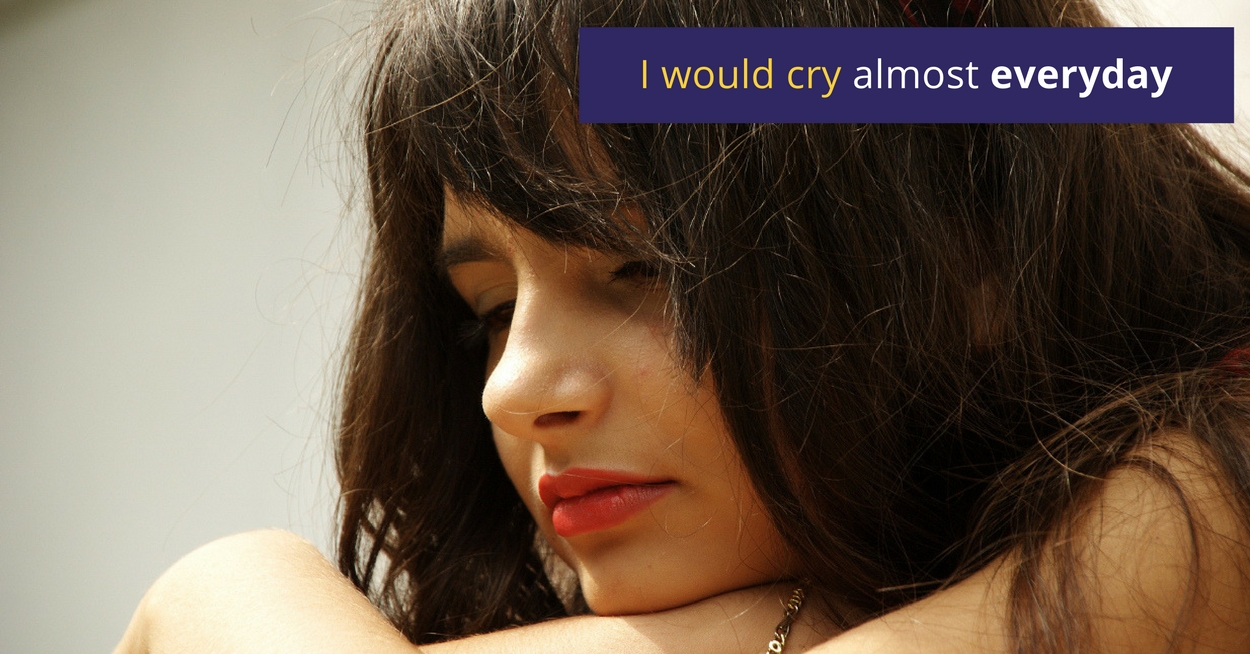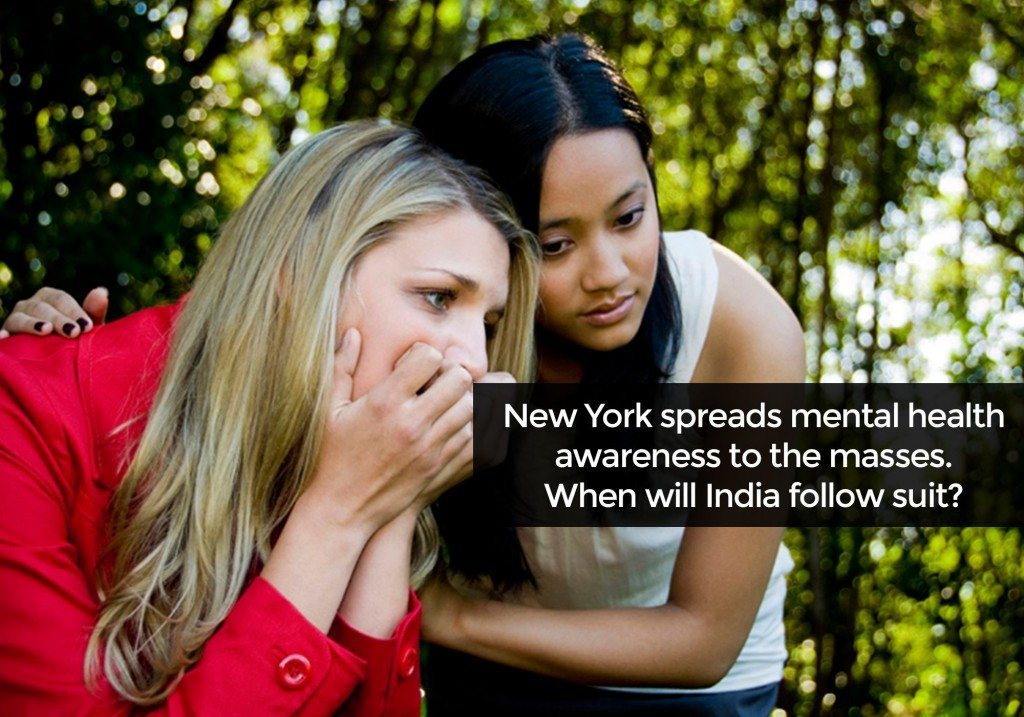IN BRIEF: Is India a racist country? With rampant Casteism, division through religion, and catalysts such as sports and politics used to divide people, it certainly looks like we have all the factors. In this section we look at what is Racism and how racist is our country.
Racism is belief among people that a particular race is better or superior to another based on their inborn biological characteristics. It means that people are defined by some particular characteristics like skin colour, culture, appearance and the like and because of these differences a particular group is beneath another. It alludes to the unfair treatment of people on the basis of such differences.
Racism is an ugly truth that has existed throughout history. It has started wars, it’s the reason behind slavery and it has also influenced the formation of countries and legal codes. A well-known example of racism in history is Anti-Semitism (hatred against Jews), with the oldest example being the friction between Jew and their neighbours in the Middle-East and Hitler’s Germany in modern times.
India, being the vast and densely populated nation that it is, is not saved from the cruelty of racism. Frankly put, our country is divided on the lines of colour, gender, religion and caste. In a map of a survey released in 2013 by The Washington Post, India was shown to be one of the most racist countries in the world. To understand the deep-rooted racism in out country better, let’s analyse it through points.
Obsession With Fair Skin
If the numerous advertisements for fairness products for both and women don’t clue you into this obsession that Indians have with fair skin than the search for fair skinned brides/grooms definitely will. This partiality is further substantiated when you consider the unfair treatment of dark skinned people from African countries, or closer back home in the contempt towards South Indian people in the North Indian regions.
Out-Group Phenomenon
Despite the 200 year long period of colonial rule, India hasn’t seen a lot of individuals from different nationalities settling down here and working. Hence, when people do encounter foreigners, they end up viewing them as outsiders and as people who don’t fir into the social fabric in India.
Minorities
As much as this hurts to write and read, racism exists within Indian communities too. North Eastern people who live in other parts of the country are commonly targeted and called names like ‘Chinki’ and even worse, there have been quite a few documented cases of violence against North Eastern people. Like I wrote before, South Indian people are also discriminated against in North India.
Caste
Caste is one of the biggest reasons dividing India. It’s not unusual to see people losing out on opportunities or being discriminated against all because they belong to so-called ‘lower castes’. Regional divided are also present in post-independence India.
Religion
As evidenced by recent disputes, religion is a big factor in dividing India. Conflicts between Muslims and Hindus are an everyday occurrence. However, this doesn’t mean that other religions like Christianity, Buddhism, etc. are spared.
With such wide spread inter-communal racism, foreigners are considered even more of an outsider. All this because of the feeling of inferiority that people try to submerge with an over the top show of superiority.






